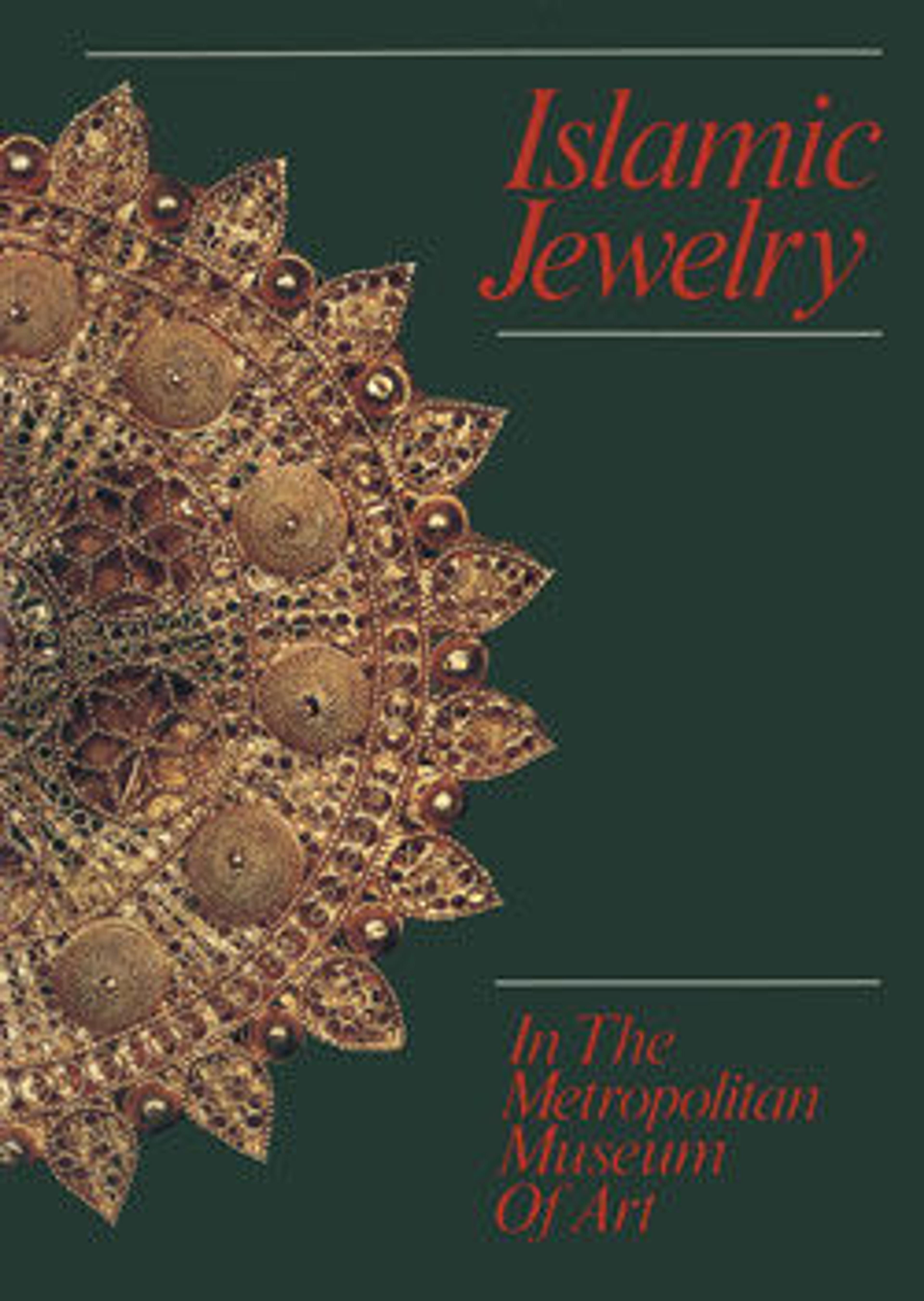Ring
This gold ring is cast and engraved with an exceptional number of figures, representing frontal heads and harpies. Harpies become a common representation in Islamic art from the second half of the 11th century, and only for a period of about two centuries, in all the regions from Central Asia to Anatolia ruled by dynasties of Turkic origins, such as the Ghaznavids and the Seljuqs. As human-headed birds, they have a hybrid nature, and were thought to have had protective and magical powers. They might also have an astrological significance, as symbolic depiction of the sign Gemini. Rings with appliqués and hexagonal bezels, as this one, are considered to have slowly disappeared in the 13th century.
Artwork Details
- Title: Ring
- Date: 12th–13th century
- Geography: Attributed to Iran
- Medium: Gold; cast, engraved, granulation
- Dimensions: Band: Diam. 7/8 in. (2.2 cm)
Th. 3/8 in. ( 1 cm)
Gr. W. 3/16 in. (0.5 cm)
Sm. W. 1/8 in. (0.3 cm)
BezeL. H. 1/4 in. (0.6 cm)
W. 11/16 in. (1.7 cm) - Classification: Jewelry
- Credit Line: Gift of Mr. and Mrs. Everett Birch, 1976
- Object Number: 1976.405
- Curatorial Department: Islamic Art
More Artwork
Research Resources
The Met provides unparalleled resources for research and welcomes an international community of students and scholars. The Met's Open Access API is where creators and researchers can connect to the The Met collection. Open Access data and public domain images are available for unrestricted commercial and noncommercial use without permission or fee.
To request images under copyright and other restrictions, please use this Image Request form.
Feedback
We continue to research and examine historical and cultural context for objects in The Met collection. If you have comments or questions about this object record, please complete and submit this form. The Museum looks forward to receiving your comments.
